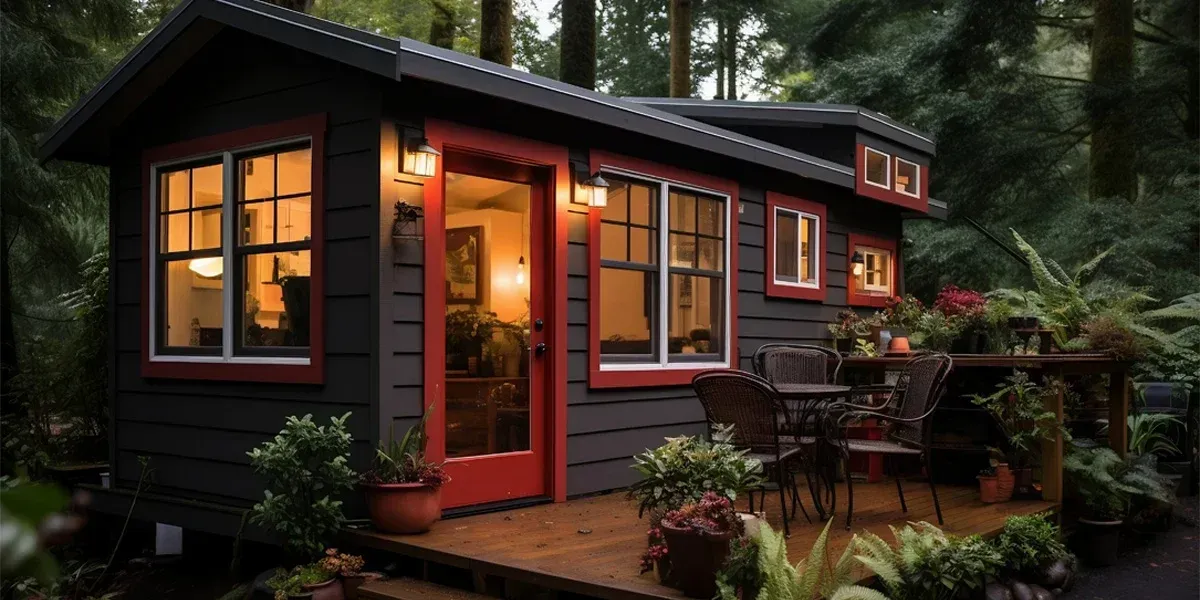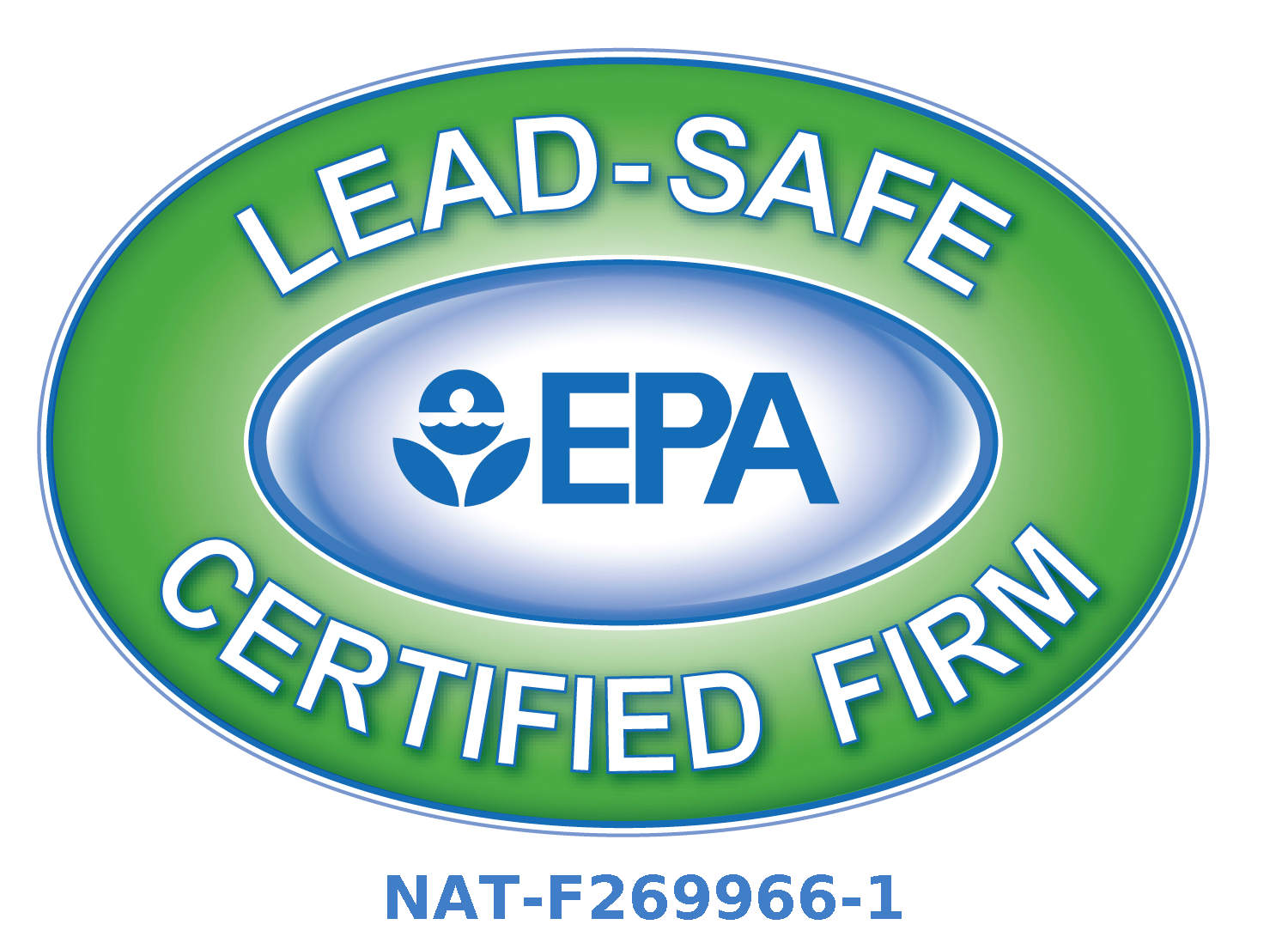Knowledge Center: Your Go-To Resource for ADUs and Tiny Living
Knowledge Center: Your Go-To Resource for ADUs and Tiny Living
Email [email protected]
Phone 860-TINY-HOM (es)

What is the average lifespan of a tiny home or ADU?
Tiny homes and ADUs have become increasingly popular housing options in recent years, offering affordability, sustainability, and flexibility to homeowners and renters alike. As the demand for these living spaces continues to grow, questions about their longevity and average lifespan have emerged.
Understanding the various factors that influence the durability of tiny homes and ADUs, from construction materials to maintenance practices, is crucial for ensuring these dwellings stand the test of time. Lets explore the average lifespan of tiny homes and ADUs, examining key considerations and strategies for maximizing their longevity.
Factors Influencing Lifespan
When considering the average lifespan of a tiny home or ADU, several factors come into play that can affect their durability and longevity.
Design and Layout
The design and layout of a tiny home or ADU can impact its lifespan. Efficient use of space, proper ventilation, and thoughtful construction can contribute to a longer lifespan. A well-designed tiny home or ADU can withstand wear and tear over time.
Location and Climate
The location and climate in which a tiny home or ADU is situated can also affect its lifespan. Extreme weather conditions, such as heavy snow loads or high winds, can put stress on the structure. Proper insulation and weatherproofing are essential to protect against environmental factors.
Construction Materials and Quality
The materials used in the construction of a tiny home or ADU play a significant role in determining its lifespan.
Types of Building Materials
Choosing high-quality, durable materials can ensure the longevity of a tiny home or ADU. Materials like steel framing, treated lumber, and energy-efficient windows can increase the structural integrity and resistance to wear and tear.
Construction Standards and Regulations
Adhering to building codes and regulations is crucial in constructing a tiny home or ADU that will last. Ensuring that the structure meets safety standards and is built to code can prevent potential issues down the line and contribute to a longer lifespan.
Maintenance and Upkeep
Regular maintenance and proper upkeep are essential for preserving the lifespan of a tiny home or ADU.
Routine Inspections and Repairs
Performing routine inspections and addressing any necessary repairs promptly can prevent minor issues from turning into major problems. Checking for leaks, structural issues, and pest infestations can help maintain the integrity of the structure.
Weatherproofing and Pest Control
Proper weatherproofing, such as sealing gaps and cracks, and implementing pest control measures can protect a tiny home or ADU from environmental damage and infestations. By staying proactive in maintenance efforts, homeowners can extend the lifespan of their tiny home or ADU and enjoy it for years to come.
Environmental Considerations
When it comes to the average lifespan of a tiny home or ADU, environmental considerations play a significant role. Sustainable practices and green building techniques can not only extend the lifespan of these structures but also reduce their impact on the environment.
Sustainable Practices and Green Building
Utilizing eco-friendly materials, incorporating energy-efficient systems, and designing with sustainability in mind can all contribute to a longer lifespan for tiny homes and ADUs. By minimizing waste and energy consumption, these structures can stand the test of time while supporting a greener future.
Resilience to Natural Disasters
Another crucial aspect to consider is the resilience of tiny homes and ADUs to natural disasters. Building with durable materials, securing foundations, and implementing disaster-resistant features can enhance the structural integrity and longevity of these compact dwellings, ensuring they can withstand various environmental challenges.
Future Trends and Innovations
Looking ahead, future trends and innovations in the tiny home and ADU industry promise exciting developments that could further enhance their longevity and functionality. From technological advancements to increased adaptability and flexibility, the future looks bright for these compact living solutions.
Technological Advancements
Advances in construction techniques, smart home integration, and sustainable technologies are poised to revolutionize the way tiny homes and ADUs are built and maintained. These innovations can optimize performance, increase efficiency, and extend the lifespan of these structures for years to come.
Adaptability and Flexibility
Enhancing the adaptability and flexibility of tiny homes and ADUs can ensure they remain relevant and functional throughout changing circumstances and lifestyles. Designs that allow for easy modifications, expansions, and repurposing can prolong the lifespan of these structures while meeting evolving needs and preferences.
Conclusion: Maximizing the Lifespan of Tiny Homes and ADUs
The average lifespan of a tiny home or ADU is influenced by a multitude of factors, ranging from design and construction to maintenance and environmental considerations.
By prioritizing quality materials, regular upkeep, and sustainable practices, homeowners can enhance the durability and longevity of their small living spaces. As the tiny home movement continues to evolve, staying informed about best practices and innovations will be key to ensuring these dwellings remain functional and enjoyable for years to come.
Frequently Asked Questions
What is the typical lifespan of a tiny home or ADU?
Tiny homes and ADUs can vary significantly in terms of lifespan, with factors like construction quality, maintenance practices, and environmental conditions playing a crucial role in determining longevity. On average, well-built tiny homes and ADUs can last anywhere from 20 to 30 years or more.
How can I maximize the lifespan of my tiny home or ADU?
To extend the lifespan of your tiny home or ADU, it's essential to invest in quality construction materials, perform regular maintenance checks, address any repairs promptly, and adopt sustainable building practices. By taking proactive measures to protect your dwelling from wear and tear, you can enhance its durability and longevity.
Are tiny homes and ADUs resilient to extreme weather conditions?
The resilience of a tiny home or ADU to extreme weather conditions depends on various factors, including the design, construction materials, and location of the dwelling. Incorporating weatherproofing measures, utilizing durable materials, and situating the structure appropriately can improve its ability to withstand harsh weather events.

Copyright 2025. All rights reserved. Norwalk, CT
Connecticut's New Home Construction Contractor License: #NHC.0017654
EPA Lead-Safe Certified NAT-F269966-1


